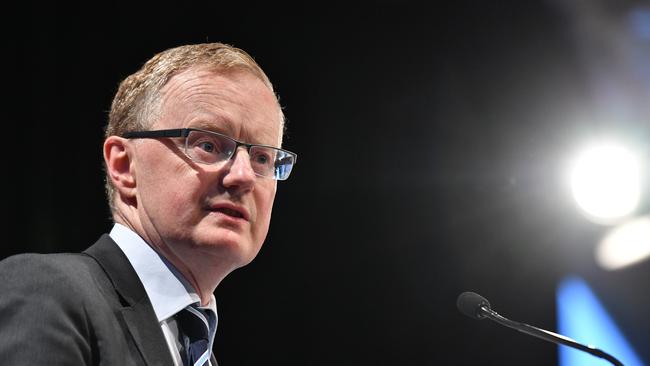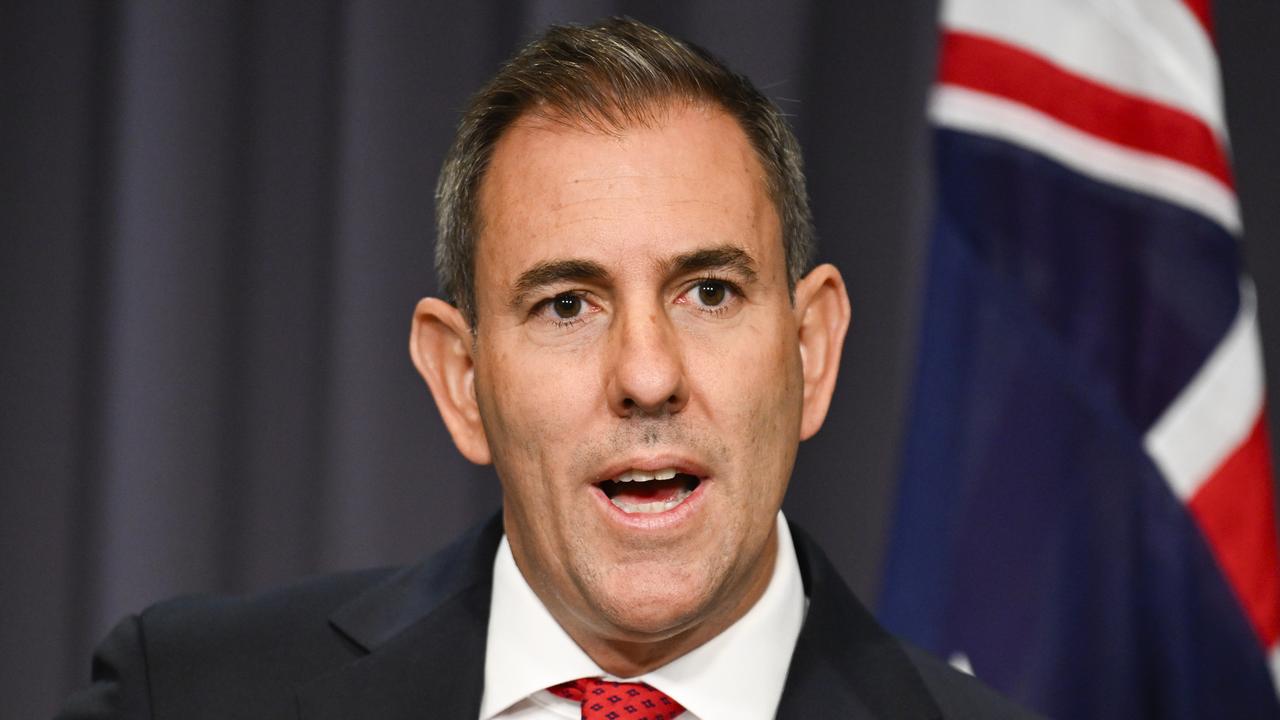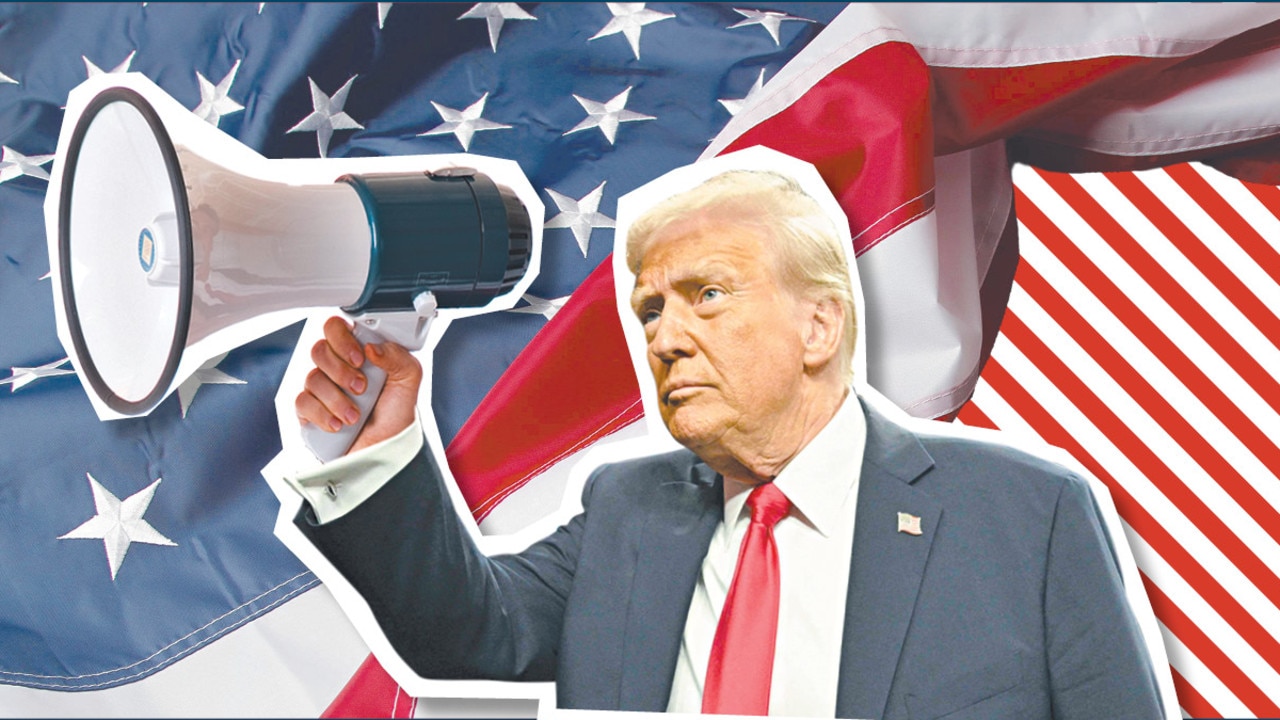RBA plan to get economy moving
The Reserve Bank is asking for Canberra’s help in kickstarting a stalled Australian economy.

Reserve Bank of Australia Governor Philip Lowe wants to cut interest rates, perhaps sharply, and he’d ideally like Canberra to come with him on the journey of lifting the economy.
Mr Lowe set out a road map yesterday to cutting interest rates, telling a luncheon of economists the RBA’s board will discuss the first cut since 2016 at a policy meeting on June 4.
So it’s a fair bet Mr Lowe will go into the meeting with a strong recommendation for his eight board colleagues to begin pushing on the accelerator, while signalling a second cut will be needed in either July or August.
It’s rare for the RBA’s recommendation to its board, which includes six people from the private sector, to be overturned.
There’s really little reason for revolt this time around.
To be sure, the RBA’s job of turning the economy around is getting bigger by the day. Inflation is moving lower and away from the desired 2-3 per cent band, GDP growth has slowed to a crawl, wages are flatlining, consumer spending is weak, house prices are falling and unemployment may well be trending higher.
It’s a bad mix, and the fix may require 100 basis points of cuts before the dials on each indicator has turned up.
It’s a sobering assessment on the economy for Treasurer Josh Frydenberg, who is likely still absorbing the stunning mandate his Liberal-National coalition won at Saturday’s federal election.
Still relatively new to the Treasurer’s chair, Mr Frydenberg would do well to refocus quickly on the bigger game and listen to overtures from the RBA to step up spending on infrastructure and move to boost productivity.
It’s rare for RBA governors to call directly for action from Canberra, given the obvious political sensitivities, but it makes total sense and Mr Lowe should be applauded for raising the issue.
The major arms of economic policy should work together whenever possible.
Mr Lowe said in his speech that, in the event that the unemployment rate does not move lower with current policy settings, there are a number of options for policy makers. These include further monetary easing, additional fiscal support, including through spending on infrastructure, and structural policies that support firms expanding, investing and employing people.
“Relying on just one type of policy has limitations, so each of these is worth thinking about,” Mr Lowe said.
Perhaps he is feeling a sense of urgency and has grown a little frustrated given Australia has had five leadership changes in the last decade, stifling the economic reform agenda.
To be fair to Mr Frydenberg, the government’s budget in April laid out plans for tax cuts and significant infrastructure spending. Mr Lowe’s comments might be targeted more at the Senate, where resistance to the government’s plans are more likely to emerge.
The RBA might want to see the government trim plans for budget surpluses. Surpluses are, after all, a net drag on the economy. With the official cash rate at a record low of 1.5 per cent, the RBA has limited conventional ammunition to use. Canberra needs to step up.


